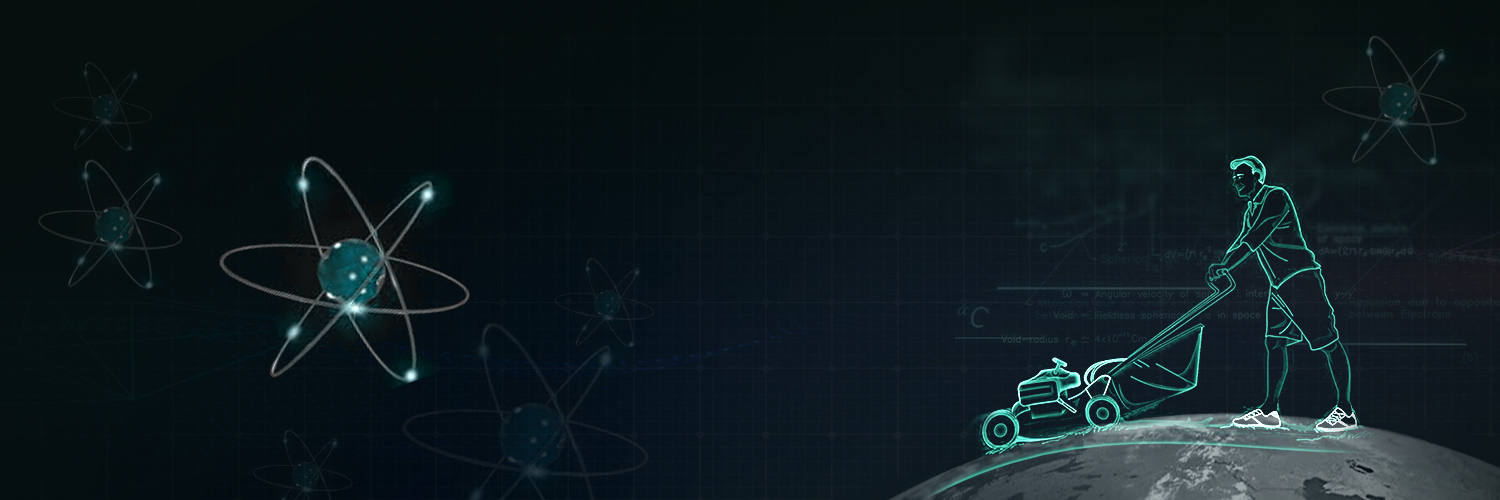
The first equation of motion is:
Where, u: Initial velocity
v: Final velocity
t: Time
a: Acceleration
Derivation:
We know that acceleration is the rate of change of velocity with time.
Hence, acceleration is represented as:
Taking Final velocity as v and the initial velocity as u,
We get:
By rearranging the equation, we get:
The second equation of motion:
Where,
s: distance
u: Initial velocity
v: Final velocity
t: Time
a: Acceleration
We get:
From the first equation of motion we have, . Putting this value v in equation (1),
The third equation of motion:
Where,
s: distance
u: Initial velocity
v: Final velocity
t: Time
a: Acceleration
Let a body start with initial velocity u and after covering distance s under uniform acceleration a, its velocity becomes v in t seconds.
From the second equation of motion, we have,
Here lets substitute the value ofwith respect to thefrom the first equation of motion:
We get,